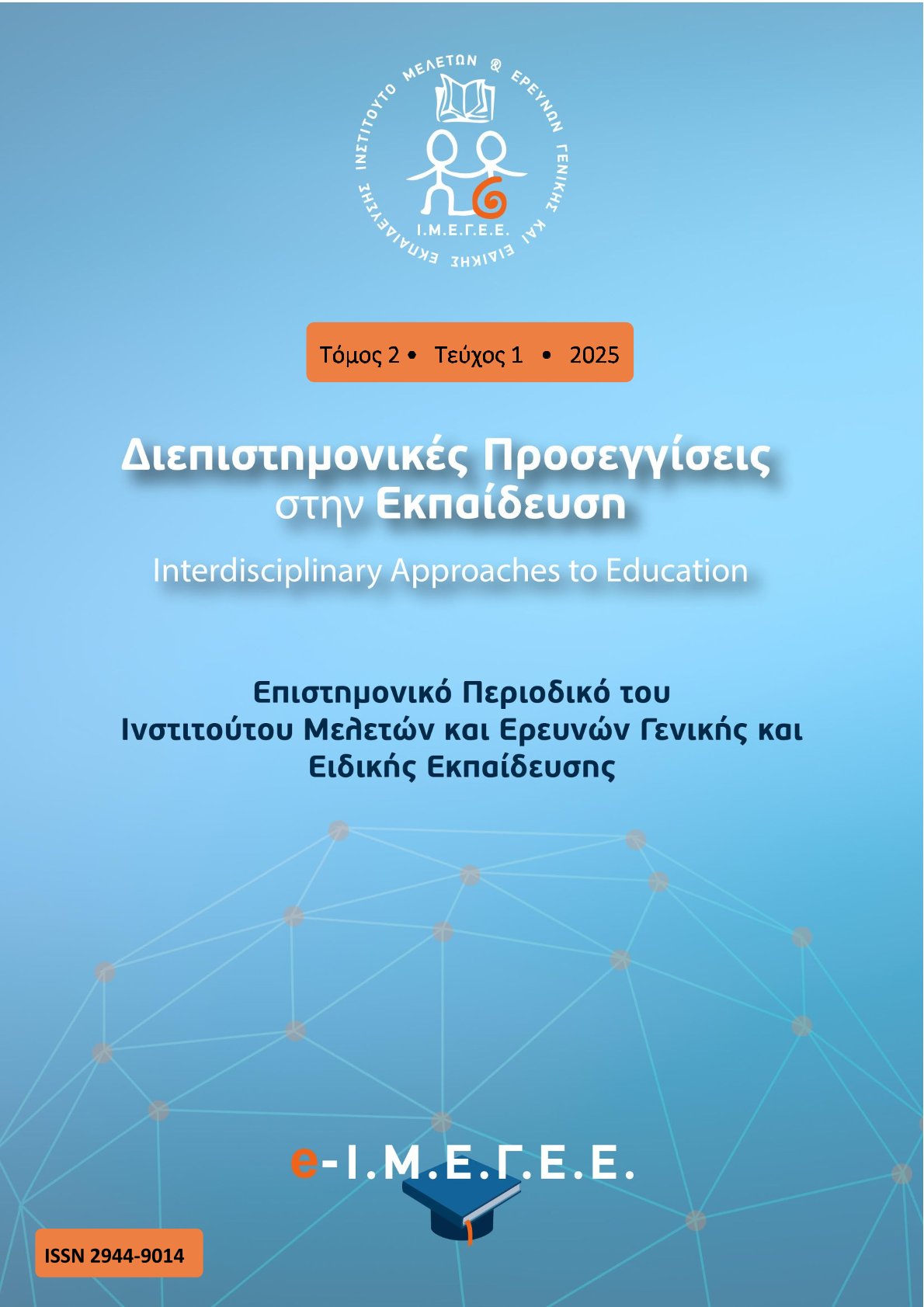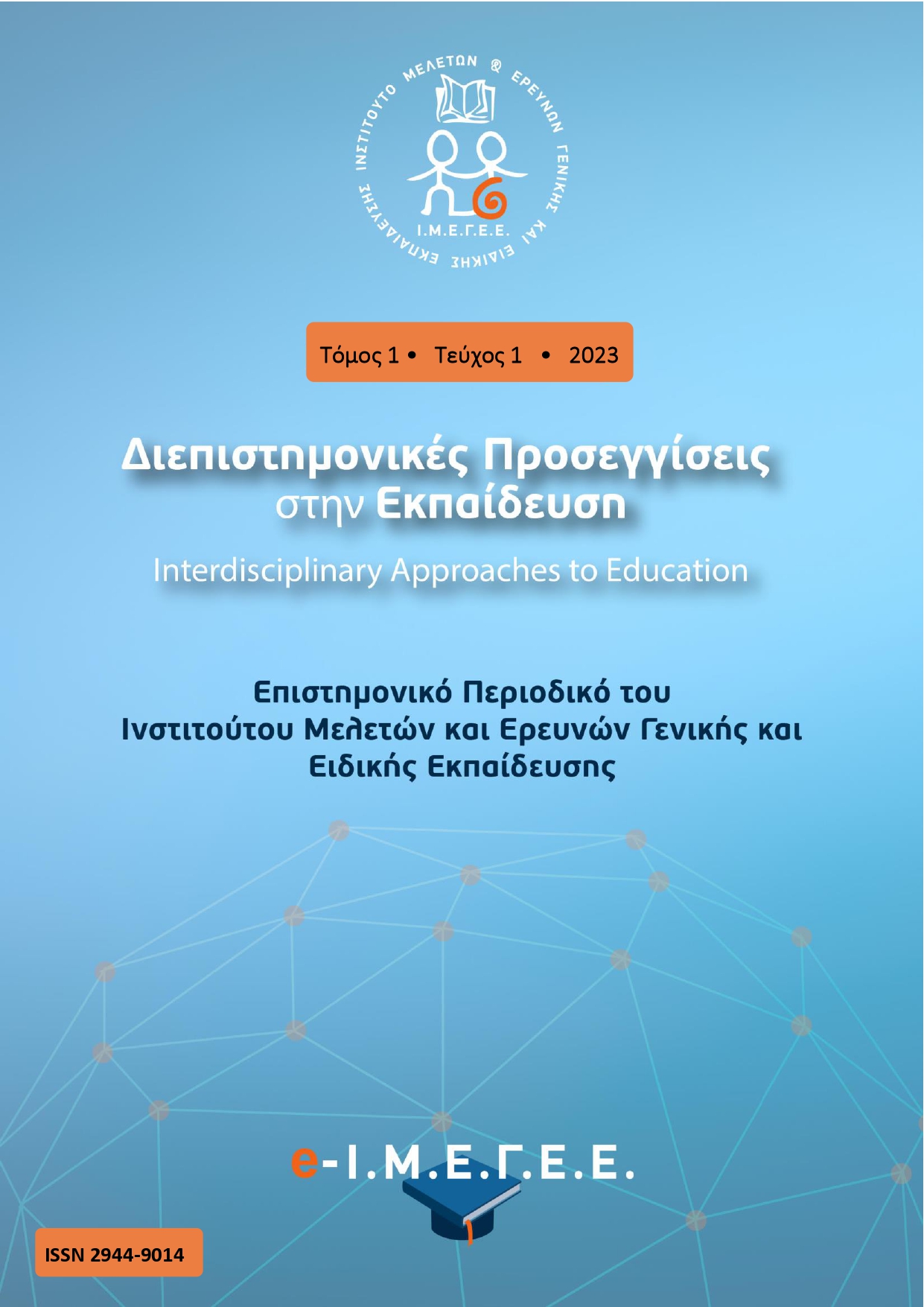The assessment of writing to pupils with Autism Spectrum Disorder (a case study of five primary school pupils)

Abstract
In the present study, we evaluated skills and knowledge of writing in pupils with autism aged 9-12. The aim was to assess language-metalanguage skills and cognitive-metacognitive skills functionally with informal curriculum-based assessment. We examined language-metalanguage skills of writing as well as cognitive and metacognitive writing skills. From the evaluation of pupils with an array of tests, which combines psychometric linguistic tests with informal language tests and written we found gradations in the ability of writing. These gradations depend on the test type and pupil autistic disorder. Also, they provide information on their cognitive processes and individual needs. Based on these findings, the study discusses the factors that influence the different performances of pupils in writing skills related to limitations and deficits in linguistic skills and cognitive mechanisms.
Article Details
- How to Cite
-
ΞΑΝΘΗ Σ. Β. (2025). The assessment of writing to pupils with Autism Spectrum Disorder (a case study of five primary school pupils). Interdisciplinary Approaches to Education, 2(1). https://doi.org/10.12681/.34808
- Section
- Articles
Ενημέρωση για τα πνευματικά δικαιώματα
Οι συγγραφείς των άρθρων που δημοσιεύονται στο περιοδικό διατηρούν τα δικαιώματα πνευματικής ιδιοκτησίας επί των άρθρων τους, δίνοντας στο περιοδικό το δικαίωμα της πρώτης δημοσίευσης. Άρθρα που δημοσιεύονται στο περιοδικό διατίθενται με άδεια Creative Commons 4.0 και σύμφωνα με την άδεια μπορούν να χρησιμοποιούνται ελεύθερα, με αναφορά στο/στη συγγραφέα και στην πρώτη δημοσίευση για μη κερδοσκοπικούς σκοπούς και με δικαίωμα τροποποίησης μόνον με παρόμοια διανομή (αν αναμείξετε, τροποποιήσετε, ή δημιουργήσετε πάνω στο υλικό, πρέπει να διανείμετε τις δικές σας συνεισφορές υπό την ίδια άδεια όπως και το πρωτότυπο).
Απαγορεύεται η αντιγραφή, αποθήκευση και διανομή της παρούσας εργασίας, εξ’ολοκλήρου ή τμήματος αυτής, για εμπορικό σκοπό. Επιτρέπεται η ανατύπωση, αποθήκευση και διανομή για σκοπό µη κερδοσκοπικό, εκπαιδευτικής ή ερευνητικής φύσης, υπό την προϋπόθεση να αναφέρεται η πηγή προέλευσης και να διατηρείται το παρόν µήνυµα. Ερωτήματα που αφορούν τη χρήση της εργασίας για κερδοσκοπικό σκοπό πρέπει να απευθύνονται προς τους συγγραφεα-είς. Οι απόψεις και τα συμπεράσματα που περιέχονται σε αυτό το έγγραφο εκφράζουν το-ους συγγραφέα-είς και δεν πρέπει να ερμηνευθεί ότι αντιπροσωπεύουν τις επίσηµες θέσεις του Ινστιτούτου Μελετών και Eρευνών Γενικής και Ειδικής Εκπαίδευσης (Ι.Μ.Ε.Γ.Ε.Ε.).
Copyright notice
Authors retain copyright and grant the journal right of first publication with the work simultaneously licensed under a Creative Commons Attribution NonCommercial License that allows others to share the work with an acknowledgement of the work's authorship and initial publication in this journal.



